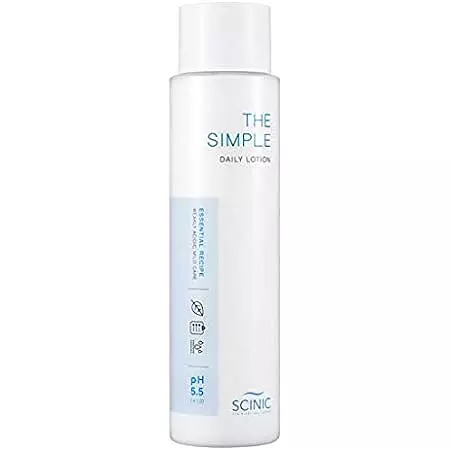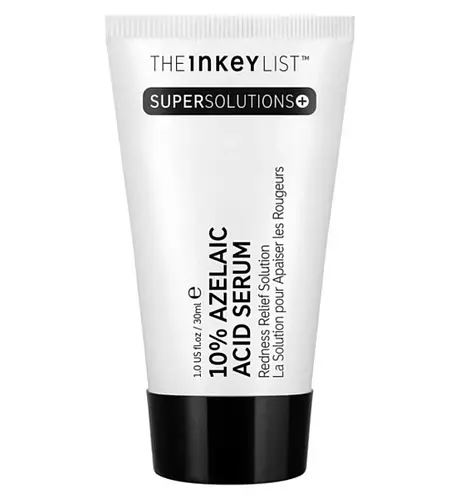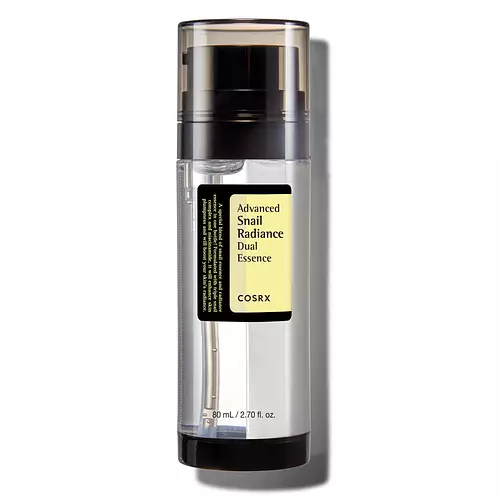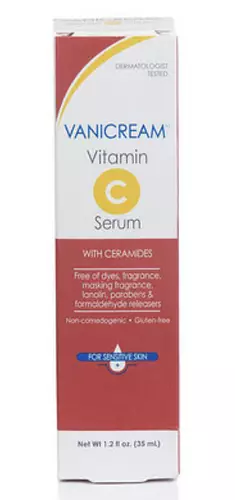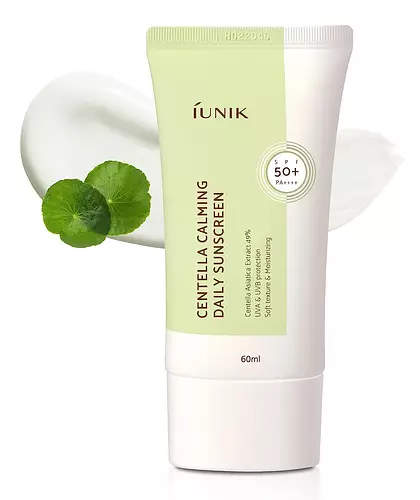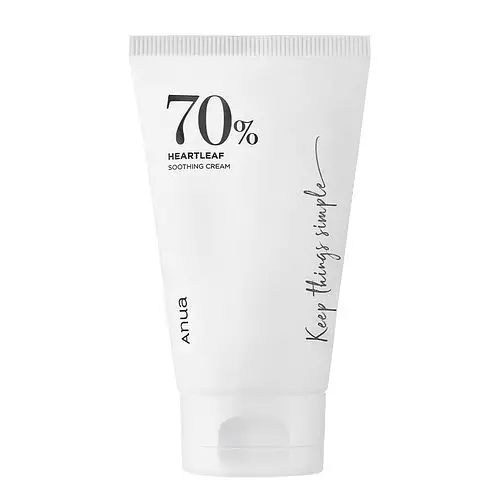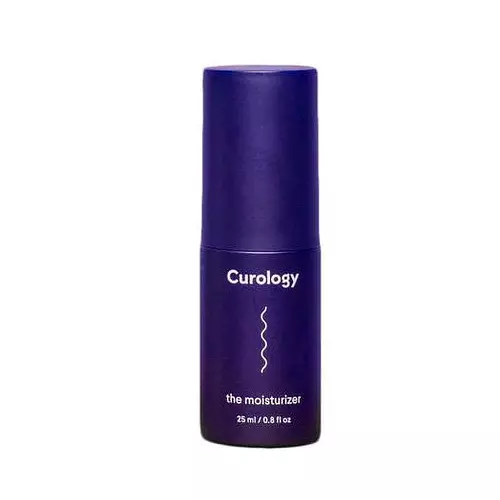Updated on November 29, 2023
Overview
What they are
These products are both reef safe . They have a total of 3 ingredients in common
Suited For
They're both likely to be good for dry skin, brightening skin and sensitive skin
Free From
They both do not contain any harsh alcohols, common allergens, fragrances, oils, parabens or sulfates
We independently verify ingredients, and our claims are backed by peer-reviewed research. Spot a product that needs an update? Let us know.
Ingredient Info
SCINIC The Simple Daily Lotion 15 ingredients
The INKEY List Azelaic Acid 10% for Redness Relief 17 ingredients
At a glance
Click on any of the items below to learn more
SCINIC The Simple Daily Lotion 15 ingredients
The INKEY List Azelaic Acid 10% for Redness Relief 17 ingredients
Benefits
This product contains 1 ingredient that may have this attribute:
This product contains 1 ingredient that may have this attribute:
This product contains 2 ingredients that may have this attribute:
This product contains 1 ingredient that may have this attribute:
Benefits
This product contains 1 ingredient that may have this attribute:
This product contains 2 ingredients that may have this attribute:
This product contains 1 ingredient that may have this attribute:
This product contains 1 ingredient that may have this attribute:
This product contains 1 ingredient that may have this attribute:
This product contains 2 ingredients that may have this attribute:
This product contains 1 ingredient that may have this attribute:
This product contains 1 ingredient that may have this attribute:
Ingredients Side-by-side
Ingredients Explained
These ingredients are found in both products.
Ingredients higher up in an ingredient list are typically present in a larger amount.
Water. It's the most common cosmetic ingredient of all. You'll usually see it at the top of ingredient lists, meaning that it makes up the largest part of the product.
So why is it so popular? Water most often acts as a solvent - this means that it helps dissolve other ingredients into the formulation.
You'll also recognize water as that liquid we all need to stay alive. If you see this, drink a glass of water. Stay hydrated!
Learn more about WaterPropanediol helps absorb ingredients into your skin, boosting their benefits. It can act as an emollient, making your skin softer. Propanediol can help products last longer by boosting the properties of preservatives within the formulation.
Propanediol is not likely to cause sensitivity and considered safe to use.
It is derived from corn or petroleum with a clear color and no scent.
Learn more about PropanediolGlycerin is already naturally found in your skin. It helps moisturize and protect your skin.
A study from 2016 found glycerin to be more effective as a humectant than AHAs and hyaluronic acid.
As a humectant, it helps the skin stay hydrated by pulling moisture to your skin. The low molecular weight of glycerin allows it to pull moisture into the deeper layers of your skin.
Hydrated skin improves your skin barrier; Your skin barrier helps protect against irritants and bacteria.
Glycerin has also been found to have antimicrobial and antiviral properties. Due to these properties, glycerin is often used in wound and burn treatments.
In cosmetics, glycerin is usually derived from plants such as soybean or palm. However, it can also be sourced from animals, such as tallow or animal fat.
This ingredient is organic, colorless, odorless, and non-toxic.
Glycerin is the name for this ingredient in American English. British English uses Glycerol/Glycerine.
Learn more about GlycerinIngredient Ratings
Here's what our community thinks of the ingredients in these two products.
When to use
SCINIC The Simple Daily Lotion 15 ingredients
The INKEY List Azelaic Acid 10% for Redness Relief 17 ingredients

Reviews
Here's what our community thinks
SCINIC The Simple Daily Lotion 15 ingredients
Ella Smith
Feels light on my skin. Been using this for a really long while now. Skins been good. Hydrating enough
The INKEY List Azelaic Acid 10% for Redness Relief 17 ingredients
Sara
It literally pills with every product I've tried, it's impossible to use. It has a very gummy texture that never gets absorbed into the skin, it...
It literally pills with every product I've tried, it's impossible to use. It has a very gummy texture that never gets absorbed into the skin, it only stays on top like a silicon-y film that will ruin any other product you combine it with, and also avoiding the formula to penetrate and actually do some work into your skin. So despite it's relatively high concentration of Azelaic Acid, it takes way more time to show results than similar products (if you're still using it by then).
If you're interested on an alternative: "AZID" from "Theramid" is a great serum, with a 15% of Azelaic Acid that in my experience, can work wonders.
